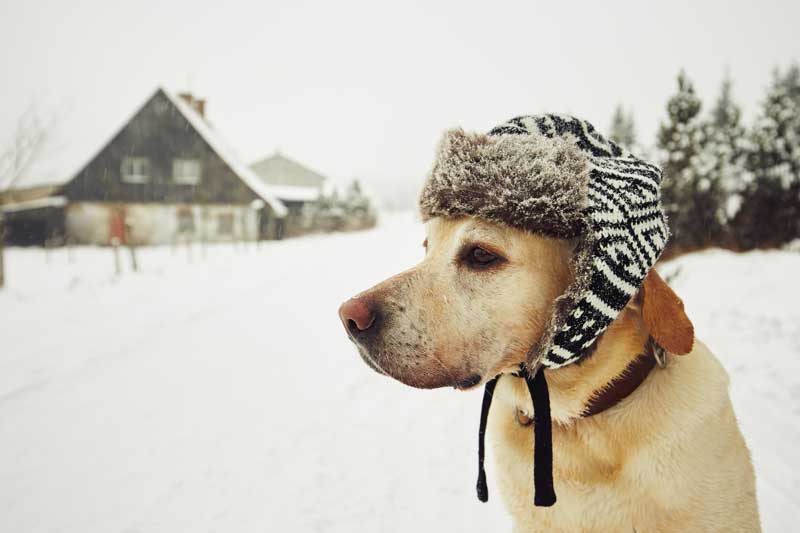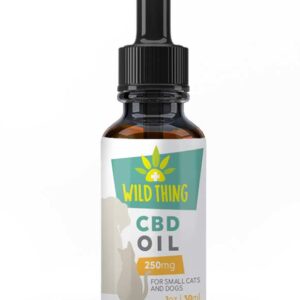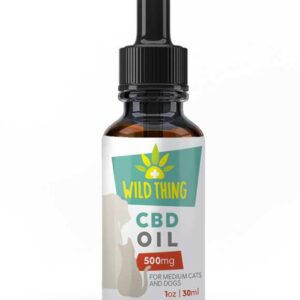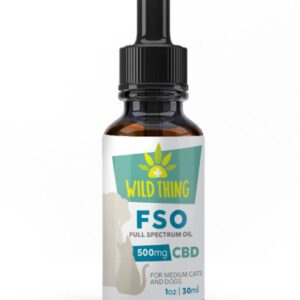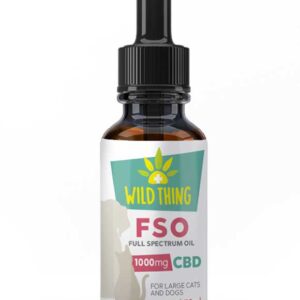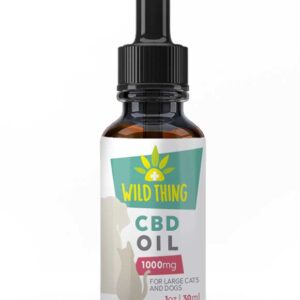There is always a lot of attention surrounding dog safety when the temperatures start to sore, specifically leaving your dog in a hot car. But what many don’t know is that the cold weather poses just as many threats to dogs as the heat does. When the snow starts to fall and the temperatures drop we prepare by getting our winter coats, boots and hats ready for the long winter season, but many forget that their pets need to be protected as well. Whether you leave your cat outside too long or your dogs paws aren’t protected from frostbite, cold weather pet safety should be a priority for all households that experience harsh winters. Here we’ll dive into cold weather tips for dogs, cold weather pet safety tips for cats and how you can keep your furry friend safe and happy during the winter months.
How Cold is Too Cold For Your Pets
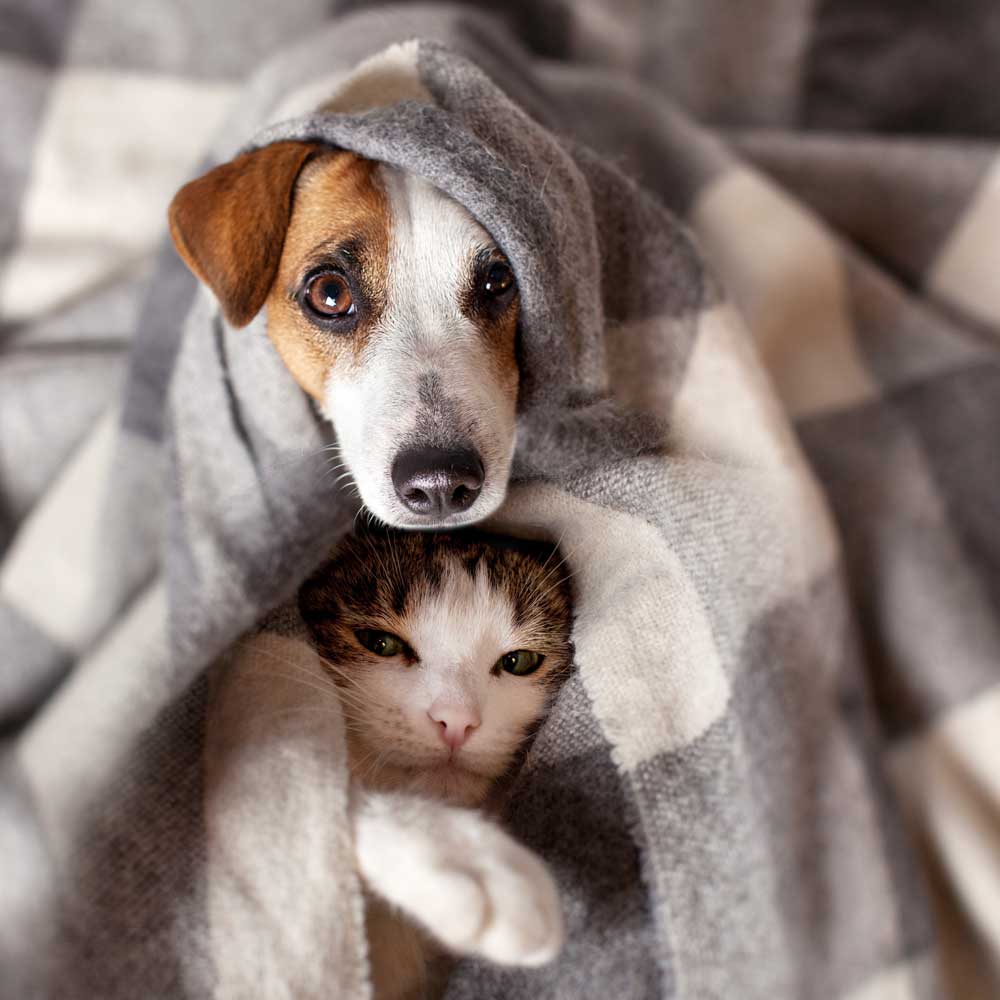
First let’s take a look at the basics before we dive into the details. Knowing how cold is too cold for your pet is a great starting point for cold weather pet safety, knowing what specific temperature to put a coat on your dog or when to not let your cat outside can help avoid winter related problems.
Dogs
Getting outside with your pup is a great way for them to get some exercise and use up that pent-up energy from sitting inside all day. But during the winter months, is it safer for your dog to stay inside?. Generally speaking, when the temperatures hoover around 45 Fahrenheit dogs do not need any additional protection, even dogs with thin hair won’t have any weather-related issues at that temperature. Once the temperatures begin to drop below 45 Fahrenheit, that’s when pet owners need to be aware of the conditions around them. At the point when temperatures reach below 32 Fahrenheit small breeds, puppies, older dogs and dogs with thin coats need to be protected, this is when you’ll need to equip your dog with a dog coat or sweater and possibly even mitts for their little paws, this can be a great solution on how to protect dog paws in winter. If you live in a place where temperatures can get below 20 Fahrenheit it’s vital that dog owners are aware of their dogs well-being and that they understand the indicating signs that their dog is getting too cold, regardless if they are a husky or wiener dog. Here are some cold weather tips for dogs on how to know your dog is too cold:
- Shaking
- Lifting paws off the ground
- Wanting to turn around
- Tucked tail
- Whining
- Showing anxious behaviour
Cats
Unlike dogs, cats don’t require long walks outside to use the bathroom or to get rid of any built up energy. Cats are fiercely independent and quite adventures, but when does the cold weather become too much to let your cat outside? Depending on your cat, the answers can be slightly different. If your cats spends almost all of their time outside then they will be better suited to handle the cold weather then opposed to a cat who spends an hour or two outside a day. The general rule of thumb is that you shouldn’t let your cat stay outdoors if the temperature is below 45 Fahrenheit. So if you know you’re doing to be gone all day and the temperature is below 45 Fahrenheit and you don’t have something like a kitty door, then it’s best to leave your cat inside for the day. Most full-time outdoor cats are used to dealing with various obstacles while roaming the streets of their neighborhood, so for the most part they won’t mind cold weather, even when it gets into the freezing temperatures. That being said, cats owner you should still be worried about their safety. Once temperatures drop below 32 Fahrenheit cats are susceptible to things like hypothermia and frostbite. Hypothermia is when your cats central nervous system becomes depressed due to the cold weather and will cause their heart to have trouble pumping blood throughout the body, this also leads to frostbite when their isn’t enough blood going to their extremities like their paws. This is where cats can find themselves in dangerous situations, they will look for a warm place if they can’t get into their home, places like car engines for example where they are protected from the elements and the engine gives off a little heat. The best recommendation is to keep an eye on the weather and when the temperatures begin to drop below freezing it’s best to just keep your cat inside until it starts to warm up again. If you live in an area where temperatures are constantly below freezing for months on a time then it’s recommended you install a cat door, this allows for your cat to hurry back home when they start to feel the effects of the cold weather.
How To Protect Your Dog In The Winter
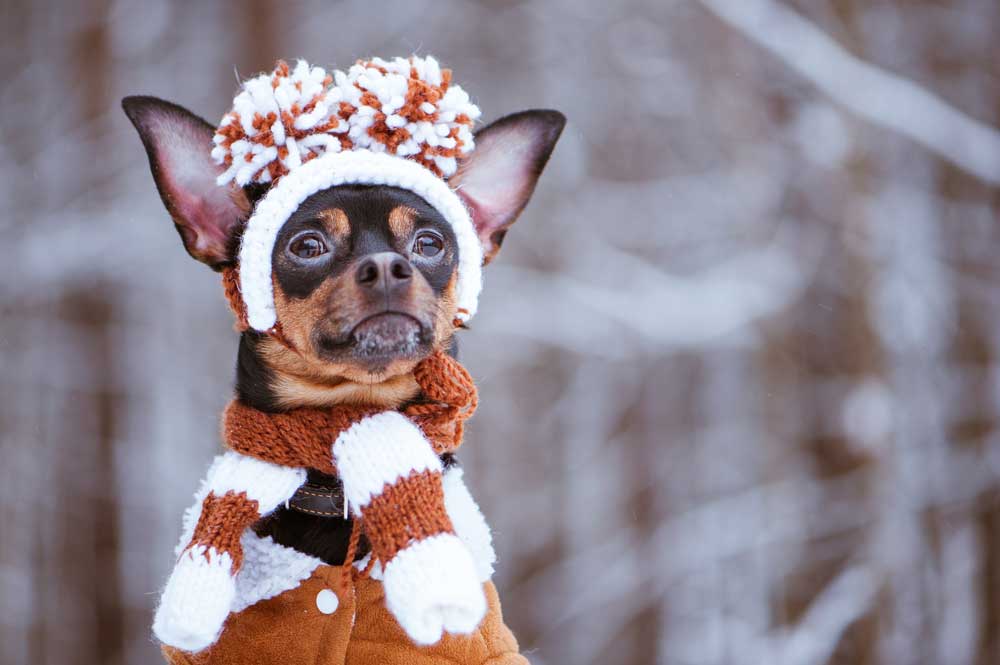
Now that you better understand how different temperatures can effect your pet, let’s look at these great cold weather safety tips that will keep your furry friend stay safe and warm during the winter months.
Protect their paws
Frostbitten dog paws are a serious matter and should be avoided at all costs, frostbite and dog paws do not go together. Buying a good pair of dog boots is a great way to avoid frostbitten dog paws and can add a fashionable flair to your dogs look. Dog boots don’t only protect their paws from the cold but also from rock salt and chemical products used to melt snow. When buying dog boots, make sure they are snug on your dogs feet without cutting off circulation, if circulation is cut off at the feet in the cold then there is a much higher chance of them getting frostbite dog paws. These are great ways on how to protect dog paws in winter.
Avoid antifreeze
During the bitter cold months ice and snow forms almost anywhere outside, leading many to spray antifreeze wherever they want. Dogs can be attracted to antifreeze due to the smell and will try lick and eat it is its in the snow. Antifreeze is highly poisonous and deadly, staying vigilant around your dog is important to avoiding these problems.
Clean, trim and maintain your dogs paws
Dogs with longer hair should have the hair around their paws trimmed regularly during the winter months, if left to grow ice balls can form between the pads and toes which can lead to damage around the paws. After being outside make sure to clean off your dogs paws before they have a chance to lick them, you can also apply certain dog friendly moisturizers to their paws to avoid cracking and chafing.
Maintain their coat
A well taken care of coat can provide a more effective insulation from the cold, it’s important brush your dogs Hair on a regular basis to maintain their insulation. This is especially true if their fur becomes wet. For thin haired dogs it’s common for dog owners to buy a sweater for the dog, this adds extra insulation, allowing for your pup to spend more time outside without getting too cold.
Avoid bodies of water
Frozen lakes, pools, rivers or ponds can be hidden below a layer of snow and can be unnoticeable to your pup. This leaves the risk of them falling through the ice, which can have serious repercussions. Know where the bodies of water are when taking your dog out on a walk and avoid them if you can, if you can’t, make sure you dog is constantly on a leash and supervised at all times. If you own a pool you should block off any access as your dog may fall in and become trapped in the icy water.
How To Protect Your Cat In The Winter
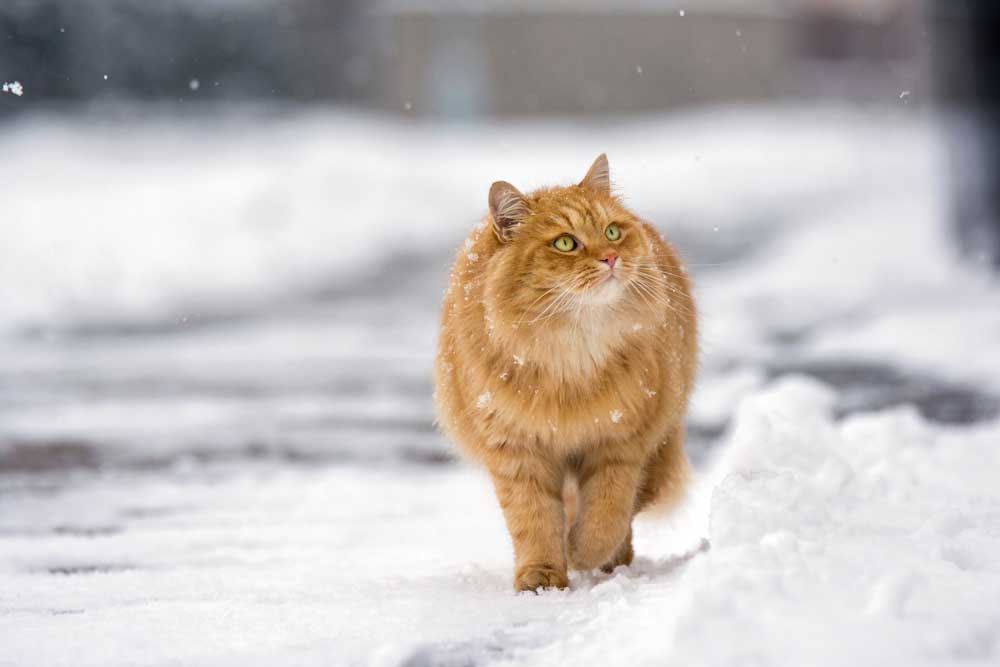
Make sure they have their correct identification
As most cat owners know, cats do what they want when they want. So as much as you can try and limit their time outside during the cold winter days, they are going to want to be outside. When cats are roaming around in the winter thy may have a harder time finding their way back home, the normal smells and sights they are used to are covered in snow and the frozen ground. This is why it’s vital to make sure they have their collar and tags updated, you may even consider having them microchipped to add an extra layer of protection from your cat getting lost.
Be vigilant for frostbite
When a cat is outside in frigid temperatures their toes, ears and tail are all susceptible to frostbite. It’s best to limit your cats outdoor activity or flat out not lets them outside at all when it’s below freezing. If you have to let your cat out during a cold day, make sure to examine their skin or any areas that look pale or are showing signs of frostbite. If you do fine signs it’s important to contact your veterinarian right away.
Rock Salt and Antifreeze
Like dogs, cats get rock salt on their paws and into their fur, they are also attracted to the smell and taste of antifreeze. If you have used antifreeze or have it lying around it’s important to keep your cat away from it as it is extremely poisonous. It’s best to buy antifreeze that is pet friendly, this contains an additive that causes the antifreeze to taste bitter rather then sweet. Rock Salt is commonly used on roads and sidewalks during the winter to melt ice, some cats can be drawn to licking it up, this can cause vomiting and diarrhea. If you do let your cat outside make sure to pay attention for these warning signs. It can also cause your cats feet and pads to become cracked, bleed and possibly become infected. Make sure to always wipe down their belly, feet and legs when they come inside. This well remove any remains of rock and salt before it can irritate their skin or be ingested.
Have Fun But Be Safe
These cold weather pet safety tips can ensure either your dog or cat are safe and happy during the winter months. Winter is a playful time for animals and they should be allowed enjoy it, just like kids do! But just like with kids, when it gets too cold or the weather becomes too extreme, the best plan of action is to limit your pets time outside. This will keep them safe and sound without you the owner having to worry about dealing with these winter hazards.
Want to Learn More?
Download our AILMENT GUIDE NOW.
PLUS! all FIRST TIME buyers get 50% off their additional order. Visit verlota.com to get your discount code.

